There are various roles in RecWise to help manage the month-end reconciliation process. Each role has consideration for the segregation of duties that is required in a robust system.
The application allows users to have various roles assigned so you can prepare a reconciliation and also review another. However, it should be noted that you cannot do both on the same reconciliation. If a user leaves the business, the per seat license can be reused and no historical data will be lost.
Automating your reconciliations through RecWise not only streamlines the process but also ensures your team is working at full efficiency. RecWise offers a solid framework and user-friendly interface, simplifying the reconciliation process for various users and ensuring smooth compliance with financial regulations. Our user-friendly interface ensures that everyone can effortlessly understand and make the most of our software.

If required, your reconciliation process can include an additional level of review by Approvers. They serve as a second layer of quality assurance, ensuring that everything meets the required standards before certifying the reconciliation. Any issues can be flagged and sent back for rework. This is useful for important reconciliations that need a little more certification.

You can have one or multiple administrators from the finance team create reconciliations and manage the month-end timetable. This role can configure the application and change the roles of the users, etc, without vendor input being required.
A RecWise Power User can be used to effectively manage a region for a business, so if you have a multinational business, you can assign the Power User role to allow for general ledger balance uploads and running of the autocomplete rules. While these are generally administrator tasks, the power user can manage their region.
The Preparer’s role is instrumental in the preparation of the reconciliation. The Preparer is responsible for adding details to the reconciliation, including any supporting documents as attachments and reconciling items that may be incorrectly posted to the reconciliation.
Once the reconciliation is prepared, it is marked for Review.
The Reviewer will certify the reconciliation performed by the Preparer. If the reconciliation is not performed to the required level, then it can be returned for rework to the Preparer. This forms part of the reconciliation workflow. The Reviewer has access to all the data that the Preparer has provided, but they cannot make changes to the reconciliation should they find an error or omission, the reconciliation is returned for rework.
This is an additional layer of certification should a reconciliation require it. Not all reconciliations need an approver assigned, but if you need it, it’s there. As with the Reviewer, if the Approver sees an error or omission, then they can return the reconciliation to the Preparer for rework.
In cases where you may have a centralized installation, the preparers and reviewers may be centralized and, therefore, working on behalf of the business unit to perform the reconciliation. The Customer / Business Unit can also be a user that can then access the application and check reconciliations and results based on their access right.
This is a great opportunity to oversee the reconciliations prior to the external auditors’ arrival. You can look to assess reconciliations, make notes, and flag findings to the reconciliation team. This improves the standard of the reconciliation, which, in turn, improves the quality of the audit. Users need to understand and answer any internal compliance questions that are flagged on a reconciliation.
These are core roles and users can be restricted to their own company codes, reconciliations or teams depending on the business needs. Chat to us if you need more information and a better understanding on the roles above.
The fun starts when the auditors arrive, as they can be provided with access to assist in smoothing out the audit process. With access, auditors can check the reconciliations they need without interrupting your accounting team. However, you’ll be able to restrict the access as you require.





























